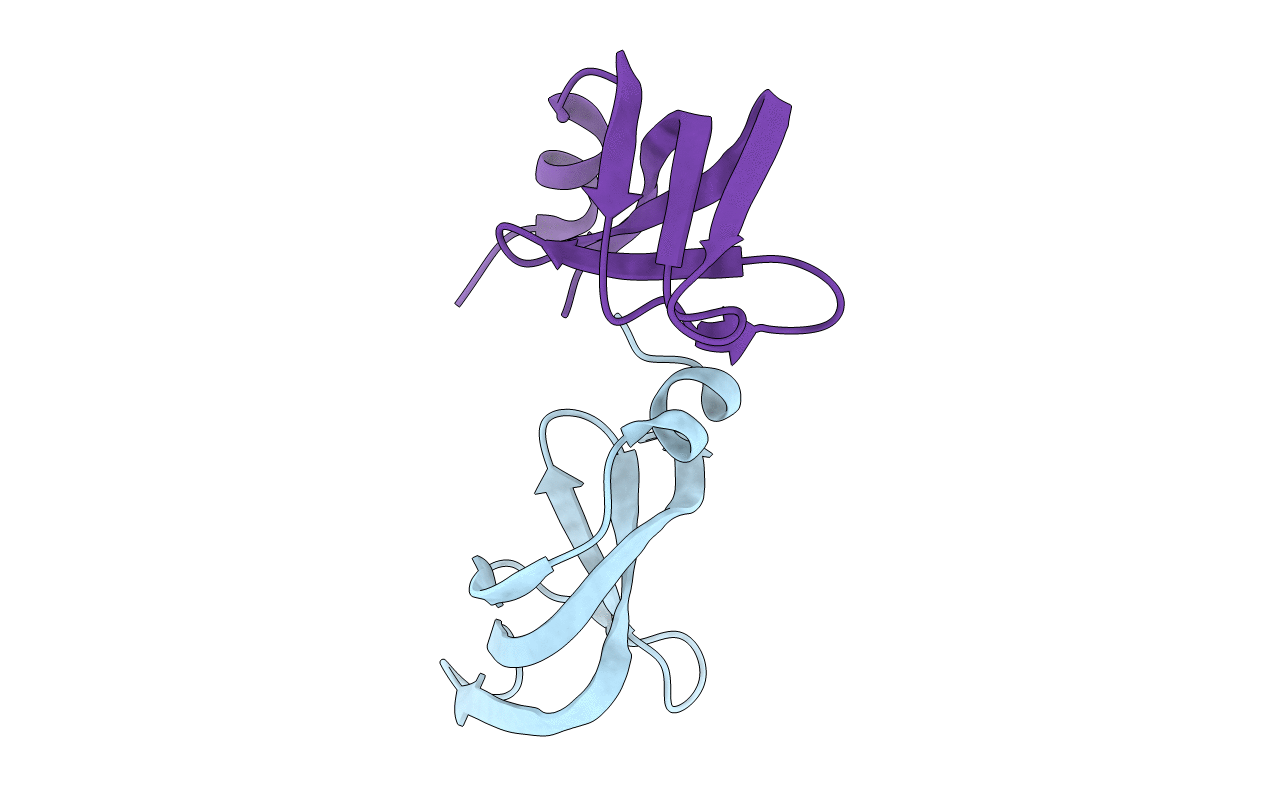
Deposition Date
2010-03-15
Release Date
2010-12-01
Last Version Date
2024-10-23
Entry Detail
PDB ID:
2X9B
Keywords:
Title:
The filamentous phages fd and IF1 use different infection mechanisms
Biological Source:
Source Organism:
ENTEROBACTERIA PHAGE IF1 (Taxon ID: 10868)
Host Organism:
Method Details:
Experimental Method:
Resolution:
2.92 Å
R-Value Free:
0.26
R-Value Work:
0.24
R-Value Observed:
0.24
Space Group:
P 62 2 2


